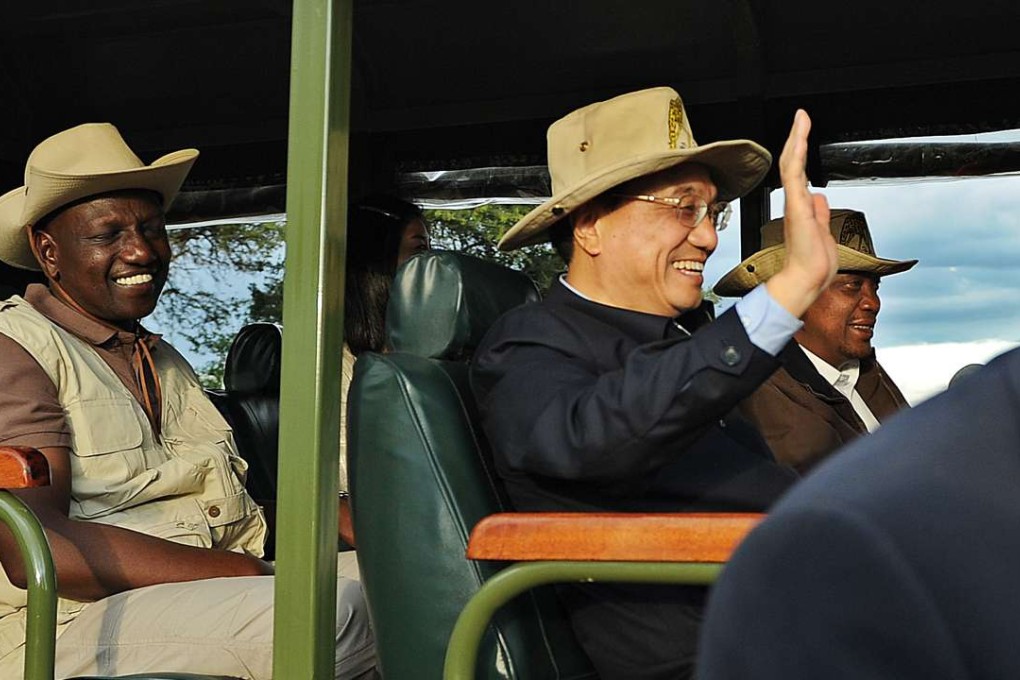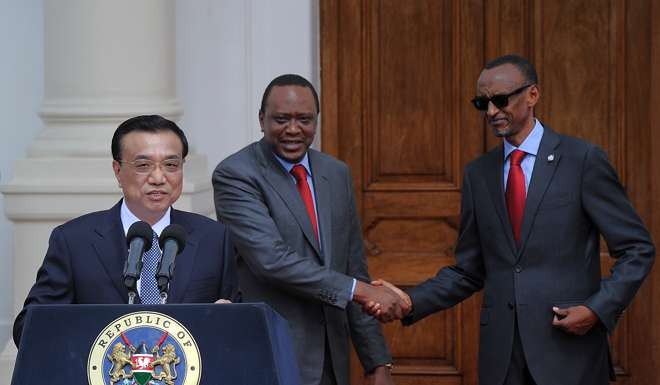Is China railroading Kenya into debt?
A controversial Chinese-funded railway that will cut through the Nairobi National Park has become a new line of attack for those who oppose borrowing from Beijing

Last week a spanking new 750km railway built by Chinese companies connected the Ethiopian capital of Addis Ababa with Djibouti, dramatically cutting short a multi-day trek and winning accolades for opening up new opportunities for the two economies. But in neighbouring Kenya, the ride is getting a lot bumpier for another Chinese-made railway and Chinese projects in general, which are being blamed for the country’s debt pile-up.

Kenya last month approved the second phase of the standard gauge railway (SGR) line between Nairobi and Mombasa, overriding public outcry over the proposed route that cuts through the Nairobi National Park, the only national park in the world that sits within a city. President Uhuru Kenyatta signed a US$1.5 billion contract for the second phase of the SGR, funded by the People’s Republic of China and contracted to state-owned China Road and Bridge Corporation (CRBC), which critics say the government is railroading through without an environmental impact assessment.
China Railway Group sees One Belt, One Road boosting overseas revenue
“We are wondering if the Kenyan government has been coerced by China to carry on with the project regardless of the damage it may cause,” Kenya Coalition for Wildlife Conservation and Management chairman Sidney Quantai told This Week in Asia.

The latest SGR controversy adds to the long-running saga of a railway line that critics of the government say is overpriced and serves only to raise Kenya’s external debt, like several other projects in which the rapacious Chinese contractors are alleged to have been indulged in return for the lure of easy Chinese loans.
Alfred Keter, a member of parliament and fierce critic of the multi-party Jubilee government, alleges CRBC inflated the cost of the project threefold. He contrasts SGR’s costing of US$5.38 million per km with a railway line built by a Chinese consortium led by China Railway Materials in Tanzania that is costing US$3.18 million per km. “I wonder where this disparity is coming from, if not corruption,” Keter told members of the Public Investment Committee.